Key Points / BGD
-
BGD is a candle pattern on crypto markets
-
BGD is short for “big green dildo”
-
A BGD is sometimes called the Jesus candle
-
The opposite is BRD, “big red dildo” or Judas candle
In the crypto trader jargon, BGD is short for “big green dildo”.
Crypto traders call BGD a large green candle painted at a longer timeframe (at the very least hourly).
What is a valid BGD?
BGD must be noticeably big candle on a timeframe of at least 3H or 4H.
Calling a BGD on a short timeframe chart (such as 5M or 30M) will typically result in prompts to “zoom out”.
Zooming out means to look at the bigger picture by switching to a longer timeframe chart rather than reacting sensationally.
Beware of people calling it
This sensational reaction is typical in traders who are overtrading (sitting at the charts for too long, not getting enough rest) or among traders who are new to short-term speculation.
If you are used to looking at the 4H chart and then switch to 5M, everything will look like a huge movement to you.
How to trade the BGD
Best Tools for Trading BGD
- Trading Platform: BitMEX
- Technical Analysis: Suport/Resistance, RSI, BBands
- Charting App: TradingView
BGD is a bullish candle. However, it is just a single candle, not a formation - this whole abrupt change on the market was done in something like four hours. That’s why you should look at what else could be influencing the market before turning bullish or bearish.
- How is the volume?
- What does the candle do - is it maybe taking the market to new highs or through a resistance zone?
- Are there any fundamental news?
For instance, we got a Jesus candle on BTCUSD market when Bitcoin was getting SegWit. That was a significant fundamental change and an abrupt price action was totally justified.
From the chart above you can see there was still a lot of uncertainty about the future of Bitcoin as a currency (the SegWit activation did lead to chain split), which shows on the chart as a lot of profit taking after the BGD in summer 2017.
Ultimately, this event did start a major bull run that took crypto markets to their ATHs.
On the other hand, if the markets were low volume, low liquidity, sideways for a long time and almost abandoned by anyone who speculates, chances would be a BGD is an attempt to trigger a run that is likely to fail.
In this scenario, the big green candle will fail to start a run-up and the market will quite likely end up in a Bart Simpson pattern.
Opposite of BGD
The opposite of BGD is a “Big Red Dildo”, BRD, a big red candle on a longer timeframe chart.
Alernative names for BGD
Some cryptocurrency traders may also call a BGD the “Jesus candle” and BRD the “Judas candle”.







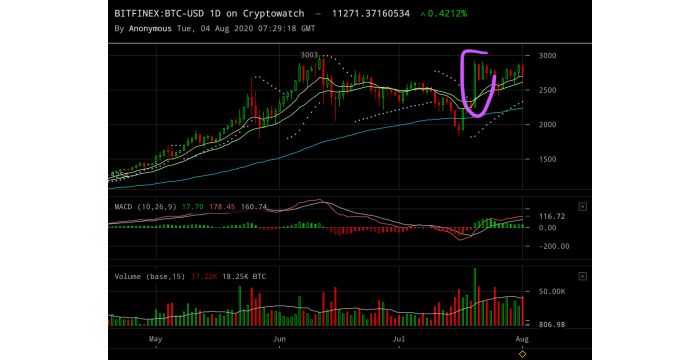








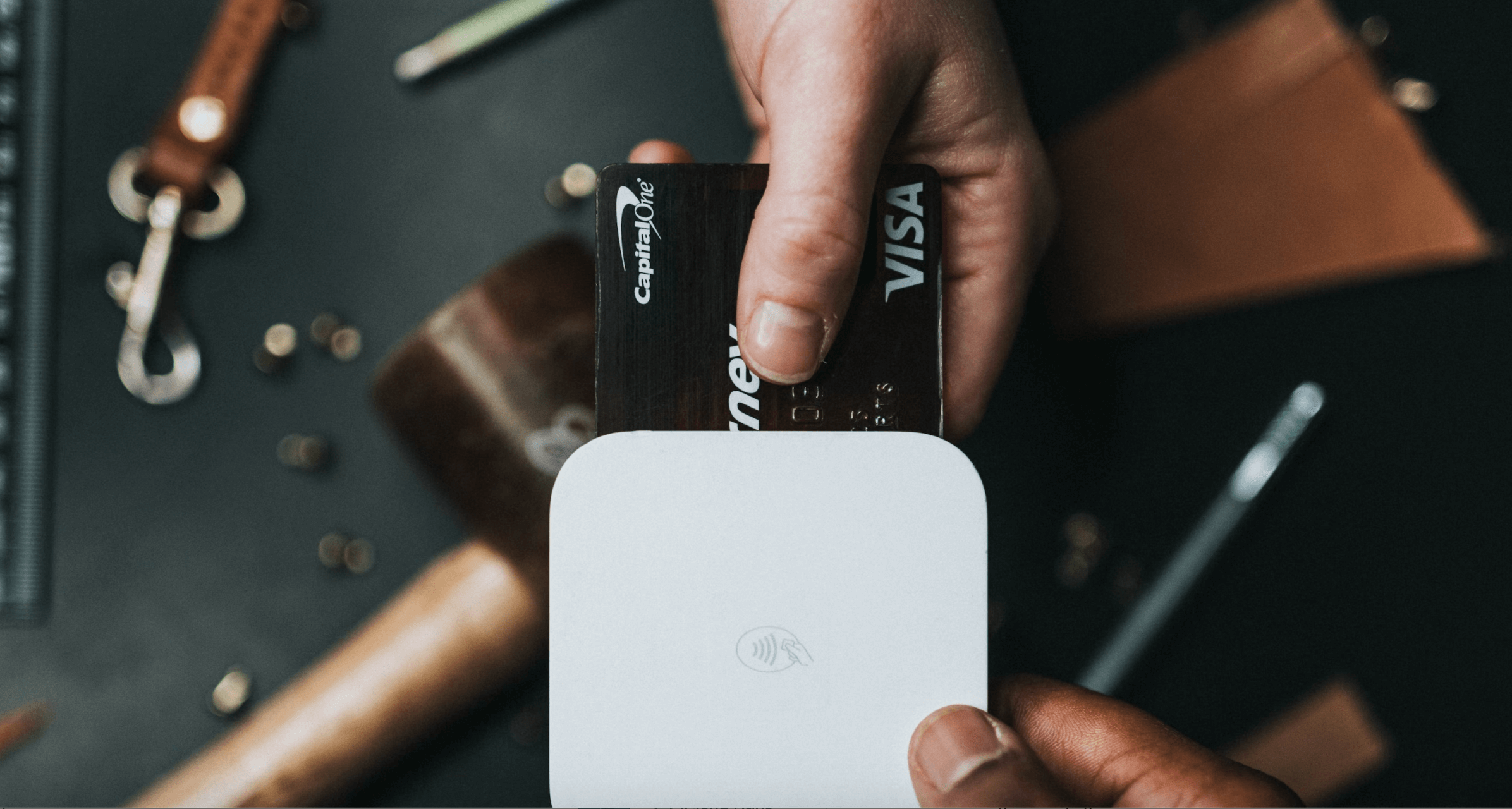
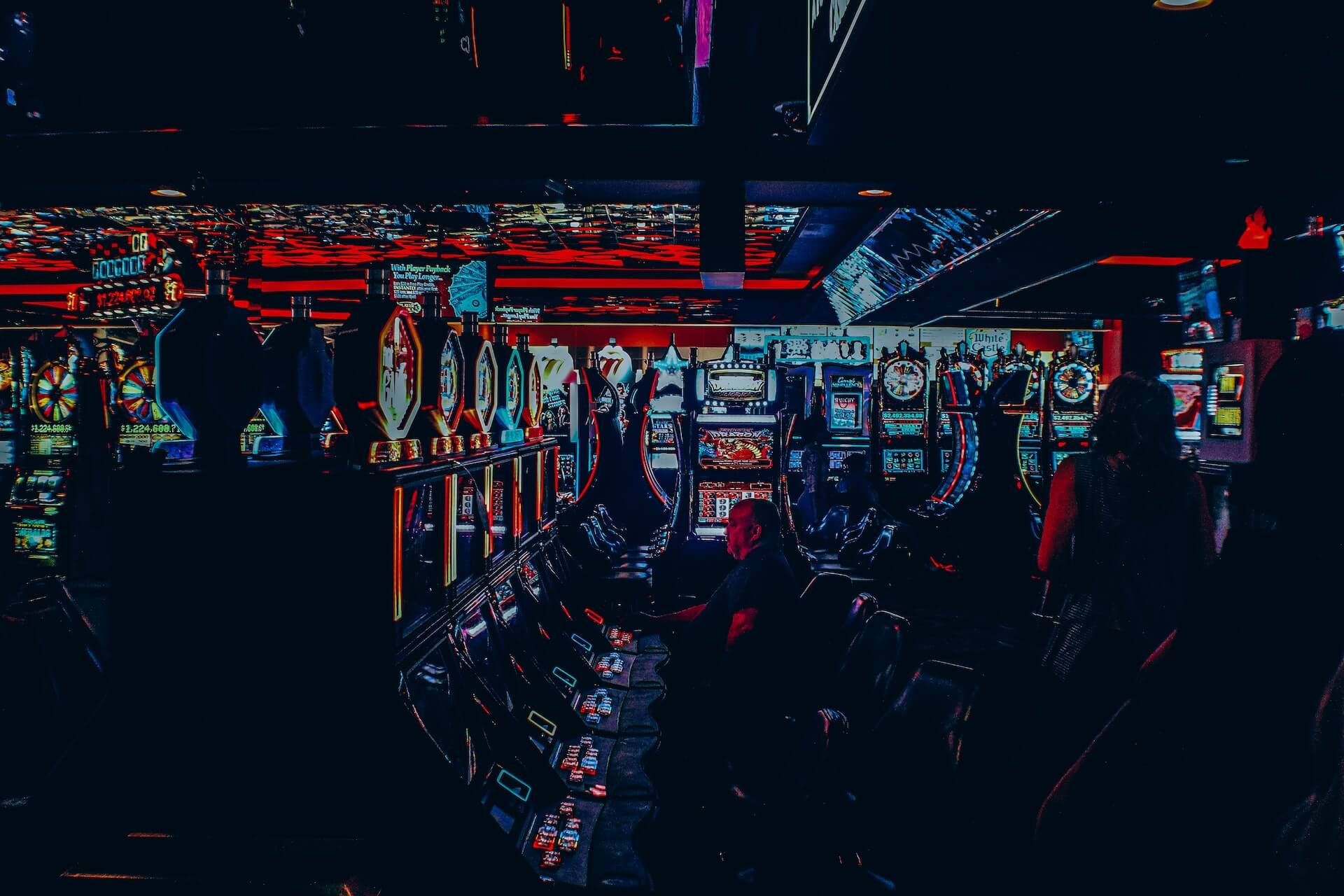
























![[Checklist] Incorporating Blockchain Technologies Into Your Business](https://res.cloudinary.com/atnetcloud/image/upload/c_lfill,h_200,w_250,y_0/atnet/pexels-rodnae-productions-7821492_nme2al.jpg)





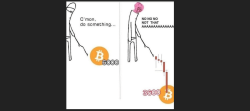












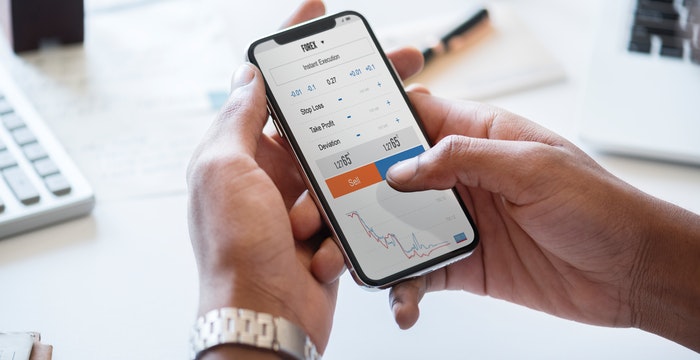
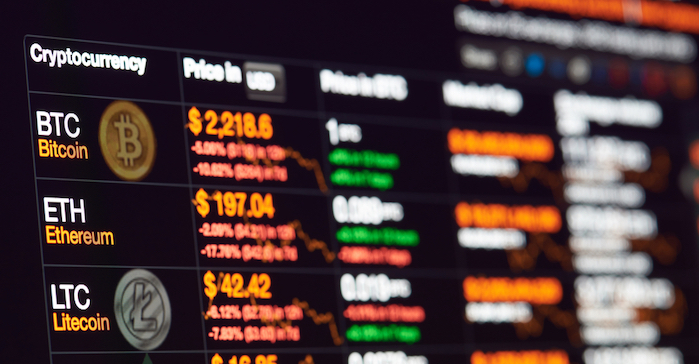
![Shocking Facts About Cryptocurrency Heists [Infographics]](/assets/editorial/tagged/sadness.png)
